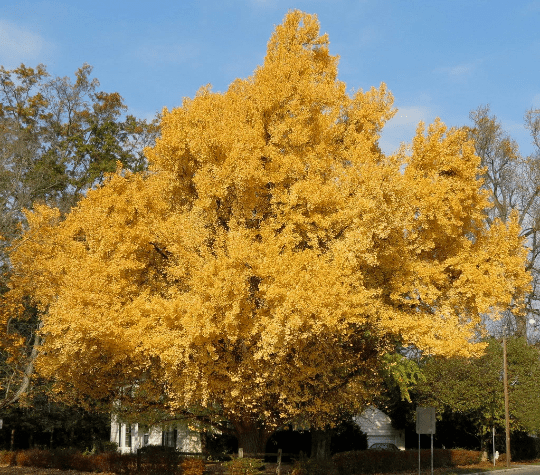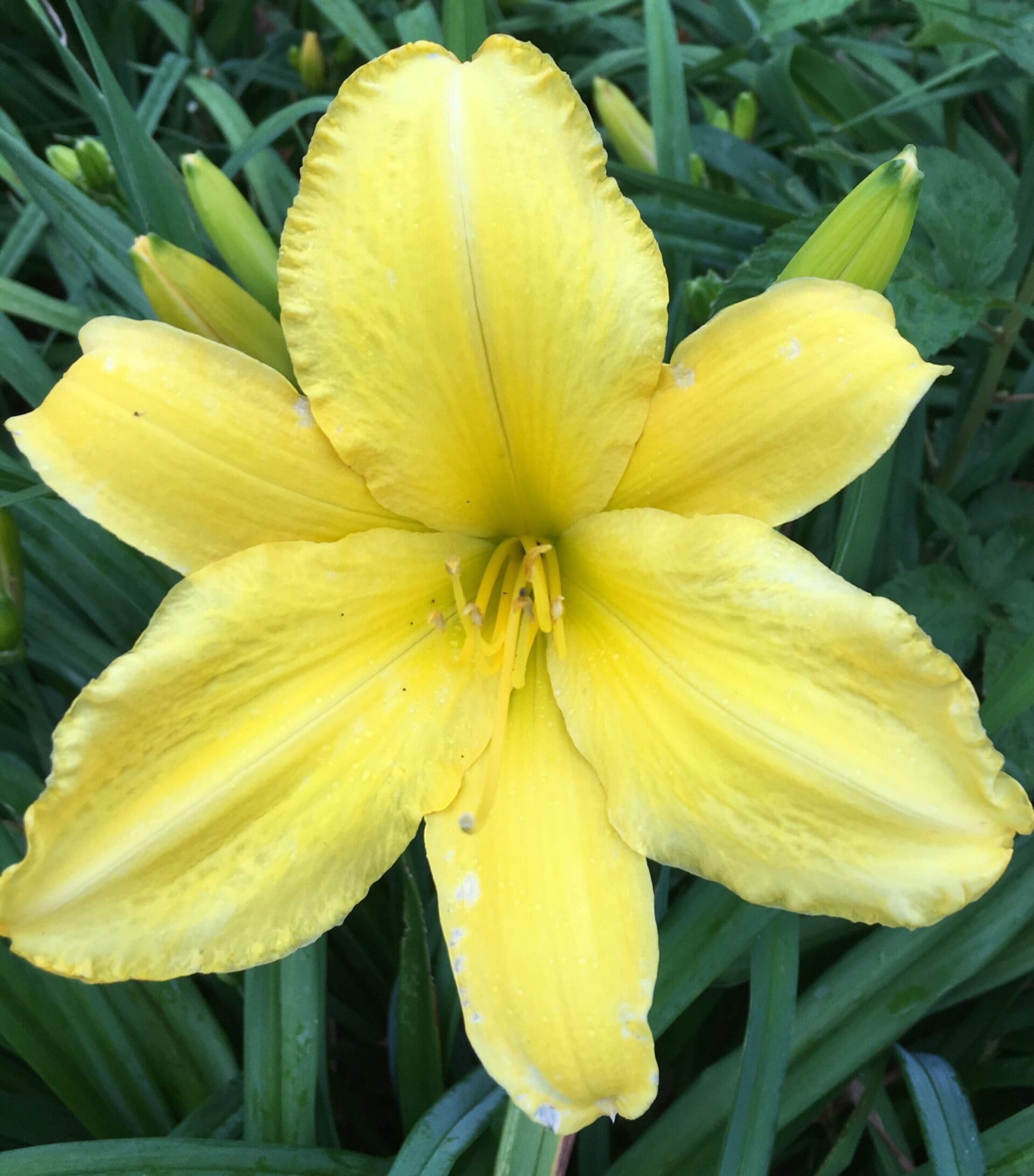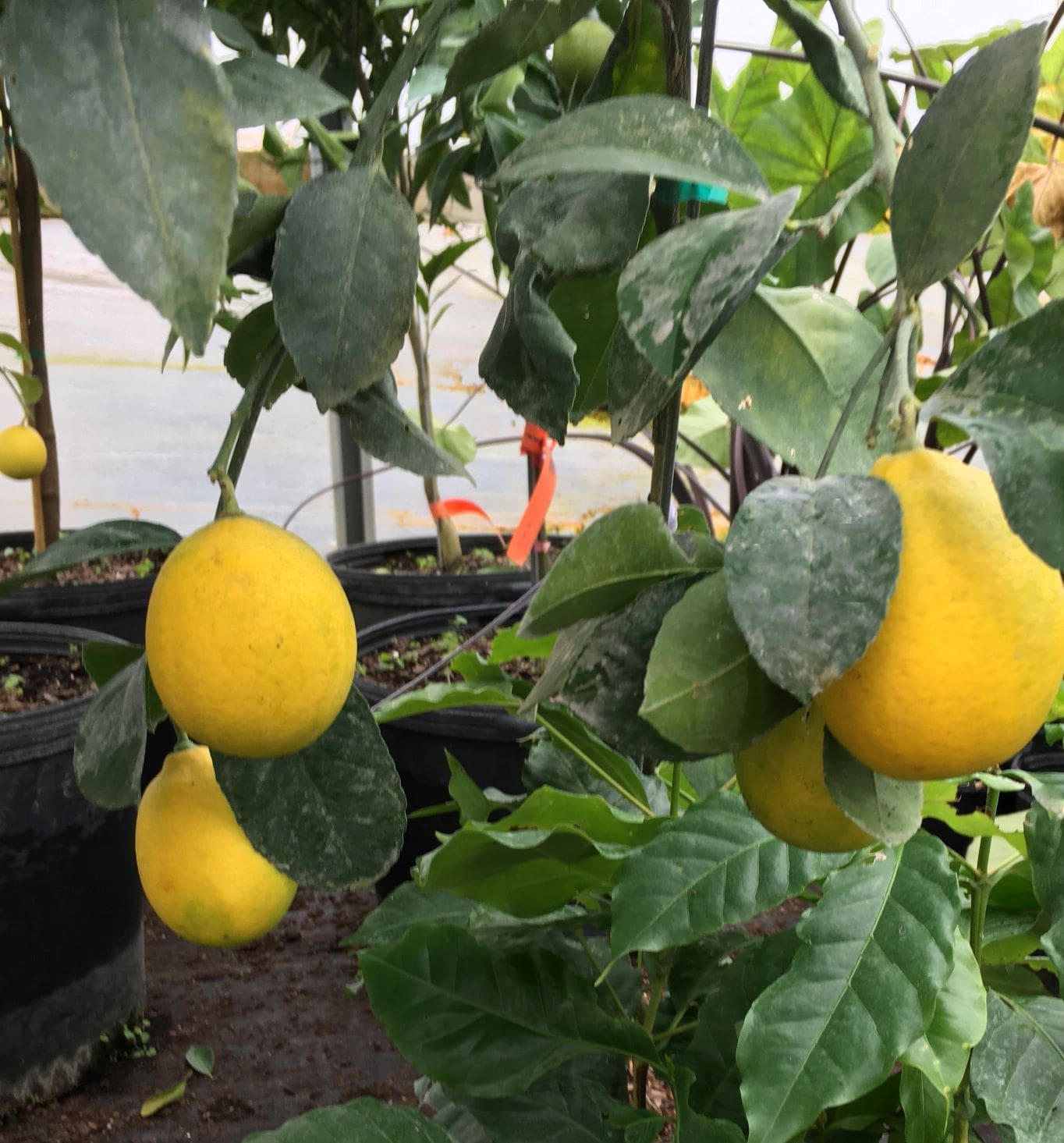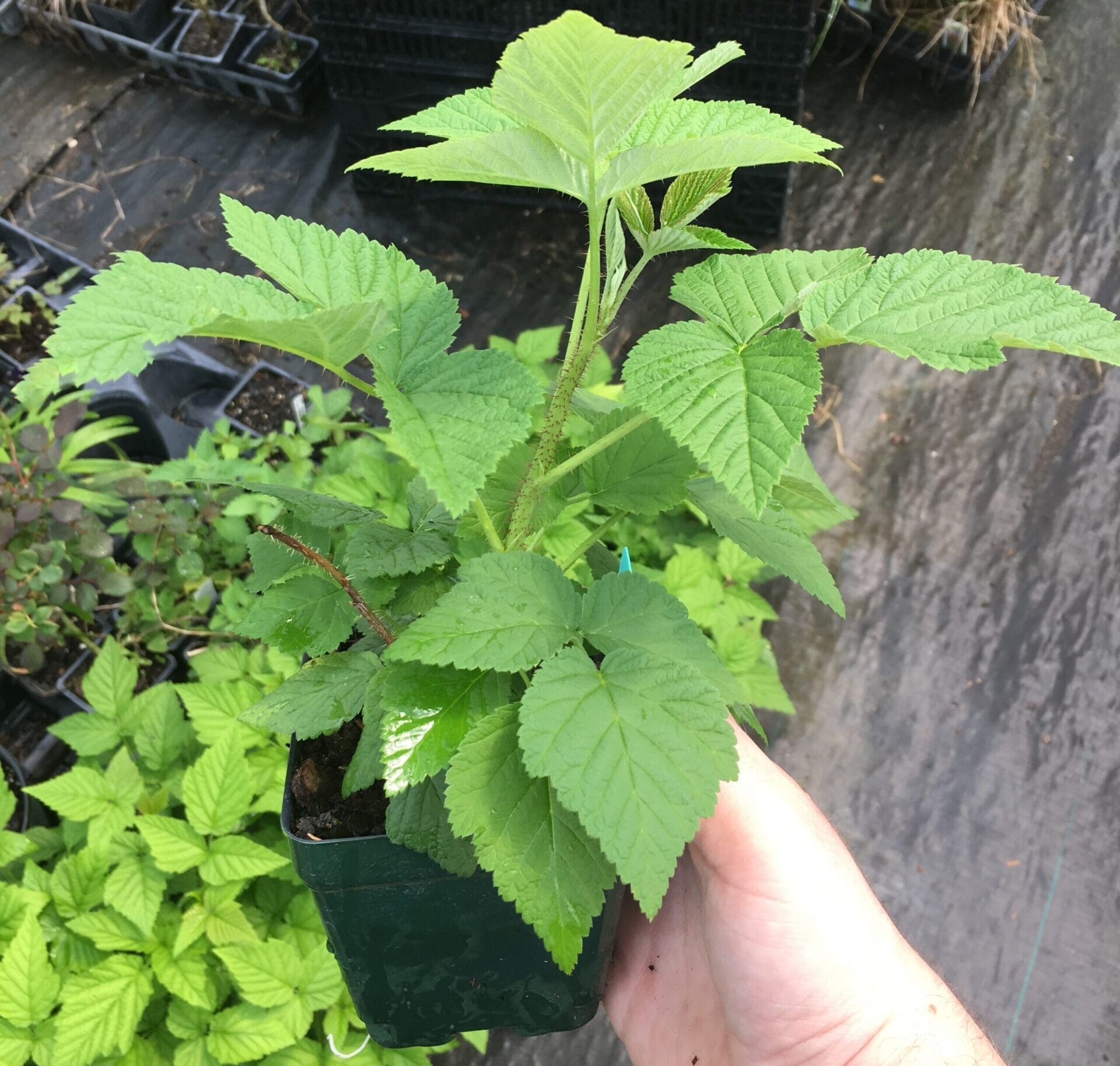Description
Planting Zones:
The Gingko Biloba ‘Maidenhair Tree’ is well-suited for USDA Hardiness Zones 4-9.
Growing Guide:
- Container Size: Since you’re starting with a 3.5-inch pot, it’s important to transplant it into a larger container before planting it in the ground. Choose a pot that is at least 10-15 gallons in size to give the roots ample space to develop.
- Soil: Well-draining soil is crucial for the health of your Gingko Biloba. A loamy soil enriched with organic matter is ideal.
- Sun Exposure: These trees thrive in full sun to partial shade. Ensure it receives at least 6 hours of direct sunlight daily.
- Planting Depth: When planting in a pot, ensure that the root ball is at the same depth it was in the original container. In the ground, it should be planted at a depth similar to what it was in the pot.
- Spacing: If planting multiple trees, space them at least 30 feet apart to allow for their mature size.
Pruning and Care:
- Pruning: Gingko Biloba ‘Maidenhair Tree’ is generally low-maintenance and requires minimal pruning. Remove any dead or damaged branches in late winter or early spring.
- Watering: Keep the soil consistently moist but not waterlogged. Water deeply, allowing the soil to dry out slightly between watering sessions.
- Fertilizing: In early spring, apply a balanced, slow-release fertilizer to promote healthy growth.
- Mulching: Apply a layer of organic mulch around the base of the tree to retain moisture and regulate soil temperature.
- Pest and Disease Management: These trees are relatively resistant to pests and diseases, but it’s always a good idea to monitor for any signs of trouble.
- Winter Care: Mulch around the base of the tree before winter to protect the roots from freezing temperatures.
By following these instructions, you’ll be well on your way to growing a beautiful and healthy Gingko Biloba ‘Maidenhair Tree’. Enjoy the natural beauty and historical significance this tree brings to your garden!






